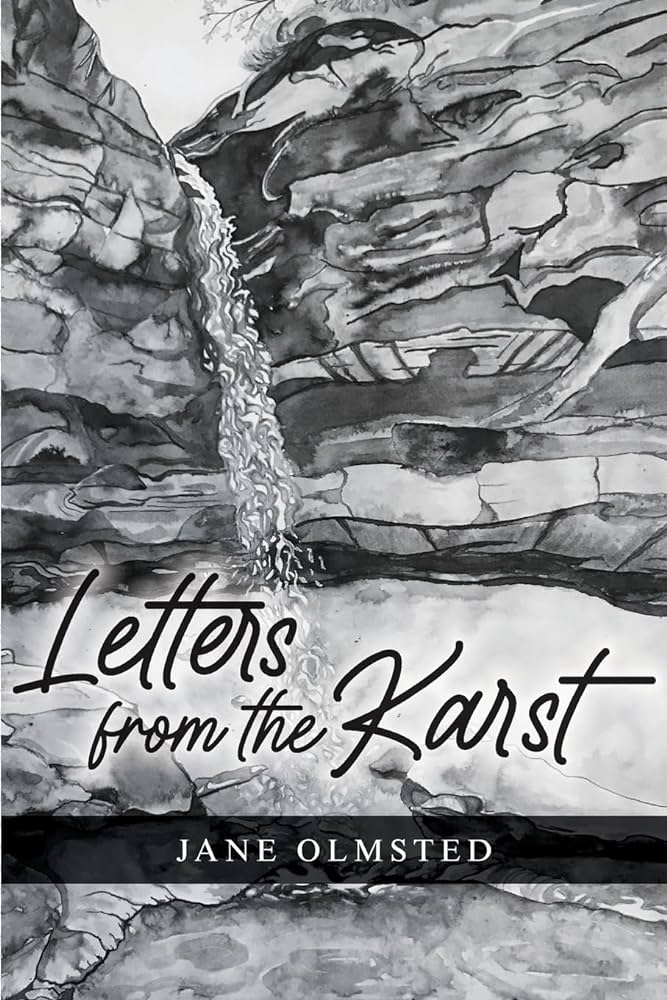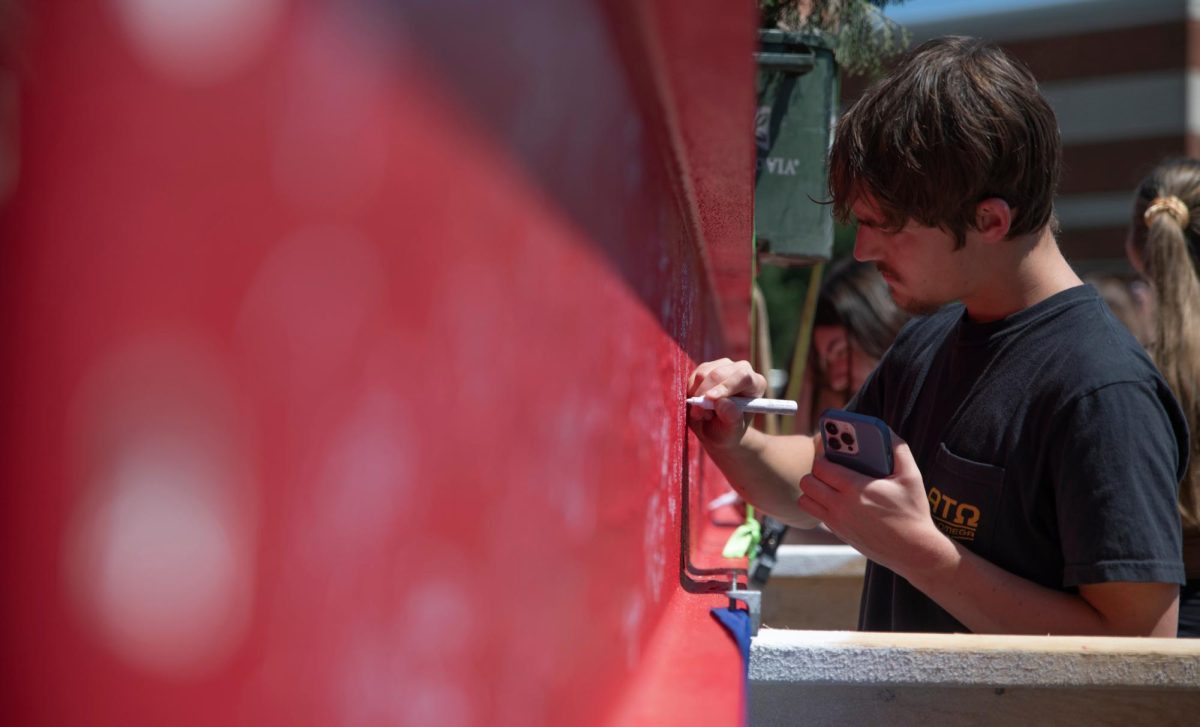PIKE’S PEEK: Remake disappointing
October 23, 2003
Pardon me for stretching the same topic across two weeks, but some issues are too important for an observer of my stature to neglect comment.
Those who persevered long enough to reach the second half of last Thursday’s installment know that I spent Friday night watching the remake of “The Texas Chainsaw Massacre.”
The occasion was far more momentous for my younger brother, who owns two Leather-face action figures, one of which is an 18-inch, four-pound, battery-operated behemoth.
This isn’t to say I was indifferent about the movie, just a bit wary. After all, he and I decided long before Friday’s viewing that the remake had little chance of usurping the original.
Still, I clung to a glimmer of hope as we filed into a theater teeming with an assortment of Barren County’s rubes and miscreants. Unlike the original, the new movie was made with an actual budget. With better production values and even a marginal understanding of the original, the remake could have been decent, if not very good.
That hope was dashed mere seconds into the film.
Insanely, new director Marcus Nispel chose to disregard the original’s opening cemetery scene, arguably the creepiest few moments in Hollywood history.
Instead, the first sequence shows our doomed quintet rolling down a dusty Texas highway in August of 1973, joyfully singing along as the radio blasts Lynyrd Skynyrd’s “Sweet Home Alabama” – a song that wouldn’t be released as a single until June of 1974, two months after the release of the “Second Helping” album.
A minor complaint? Perhaps. But there’s more.
Despite its historical significance, the original “Chainsaw” is one of the most grossly misunderstood films of recent decades.
To wit:
• Leatherface’s appearance and crimes are based on the infamous grave robber/serial killer Ed Gein – Gein also inspired Hannibal Lecter – but he’s actually just mentally ill and lonely, and the unexpected invasion of five strangers into his private world triggers a sort of animalistic survival instinct. He’s scared, not a cold-blooded murderer, and with a proper degree of moral displacement by the viewer, Leatherface is the most sympathetic character in the film.
• There’s a surprising lack of gore in the first film, and little more blood than a severe nosebleed. More often than not, the acts of violence are implied.
• Considering that the original “Chainsaw” is the model for many slasher flicks, it’s blessedly free of horror-movie cliches. Generally, killers don’t burst from shadowy corners as ominous music pounds. Its restrained, documentary-style approach is quiet, graceful, dignified and eerie as hell.
All of this was, of course, lost on the makers of the new version.
Leatherface breathes heavily and stalks the teenagers like the T-Rex of “Jurassic Park.” Blood literally drips from ceilings. And even as the movie bludgeons the audience with volume, the one truly jolting moment involves the discovery of a shrieking mammal in a barn closet.
My brother, his judgment perhaps too clouded by his affinity for the franchise, surmised that there were “good parts and bad parts” in the movie. By my count, there were but two “good parts” – the retention of narrator John Larroquette and constant display of Jessica Biel’s gloriously toned bare midriff.
On Saturday, in an effort to wipe the new “Chainsaw” from my memory, I watched another movie. Clint Eastwood’s brutal and bracing “Mystic River” almost did the trick, but six days later I’m still fuming like
Leatherface’s oil-burning pow-er tool.
Now that I’ve publicly vented, the experience should be out of my system.
Even if it’s not, this is the last you’ll hear about it. I promise there won’t be a sequel.
I pray the makers of the new “Chainsaw” say the same.
Daniel Pike is the features editor for the Herald. His column appears on Thursdays. You can reach him at [email protected]


















![Megan Inman of Tennessee cries after embracing Drag performer and transgender advocate Jasmine St. James at the 9th Annual WKU Housing and Residence Life Drag Show at Knicely Conference Center on April 4, 2024. “[The community] was so warm and welcoming when I came out, if it wasn’t for the queens I wouldn’t be here,” Inman said.](https://wkuherald.com/wp-content/uploads/2024/04/smith_von_drag_3-600x419.jpg)





